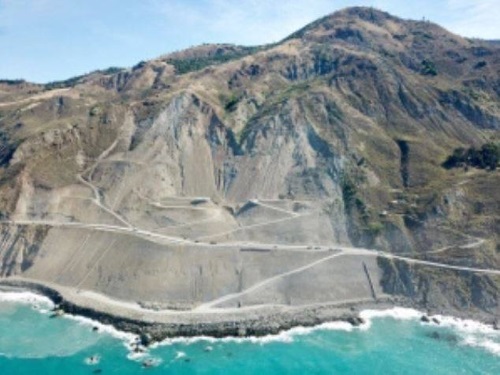The California Department of Transportation recently finalized and issued the last two of 12 district-based Climate Change Vulnerability Assessment Reports; studies designed to create a “comprehensive database” to help Caltrans evaluate, mitigate, and adapt to the effects of extreme weather events on the state transportation system.
[Above photo courtesy of Caltrans.]
“The completed assessments cover all 58 counties in the state and give California a comprehensive evaluation of climate change effects on the State Highway system,” explained Toks Omishakin, director of Caltrans, in a statement. “We are now integrating the findings into our planning process to better protect California’s citizens, economy and transportation investments.”
The final two reports cover Caltrans coastal district 1 and coastal district 5 and examine the potential impact of rising average temperatures, higher sea levels, storm surge, and precipitation on California’s transportation system – climate change trends that the agency said, in turn, increase incidences of flooding, drought, wildfires, coastal erosion and mudslides.
Caltrans said that understanding the impact of climate change helps the agency assess physical climate risk to the transportation system and work towards adapting infrastructure to be more “resilient” to those impacts. For example, the agency’s 12 climate reports project that by the year 2085:
- Sea levels will rise 5.5 feet along the California coast—affecting 130 miles of State Highway by accelerating soil erosion and cliff retreat.
- Increased severity and frequency of wildfires could threaten more than 7,000 miles of state highway.
- High temperatures on the central coast and in the northwest part of the state could rise by 6 to 12 degrees, increasing drought and wildfire potential.
Caltrans began publishing those climate change reports in December 2018 partly in response to Executive Order B-30-15 issued by outgoing Gov. Edmund G. Brown Jr. (D), which mandated the integration of climate change analysis into transportation investment decisions.

